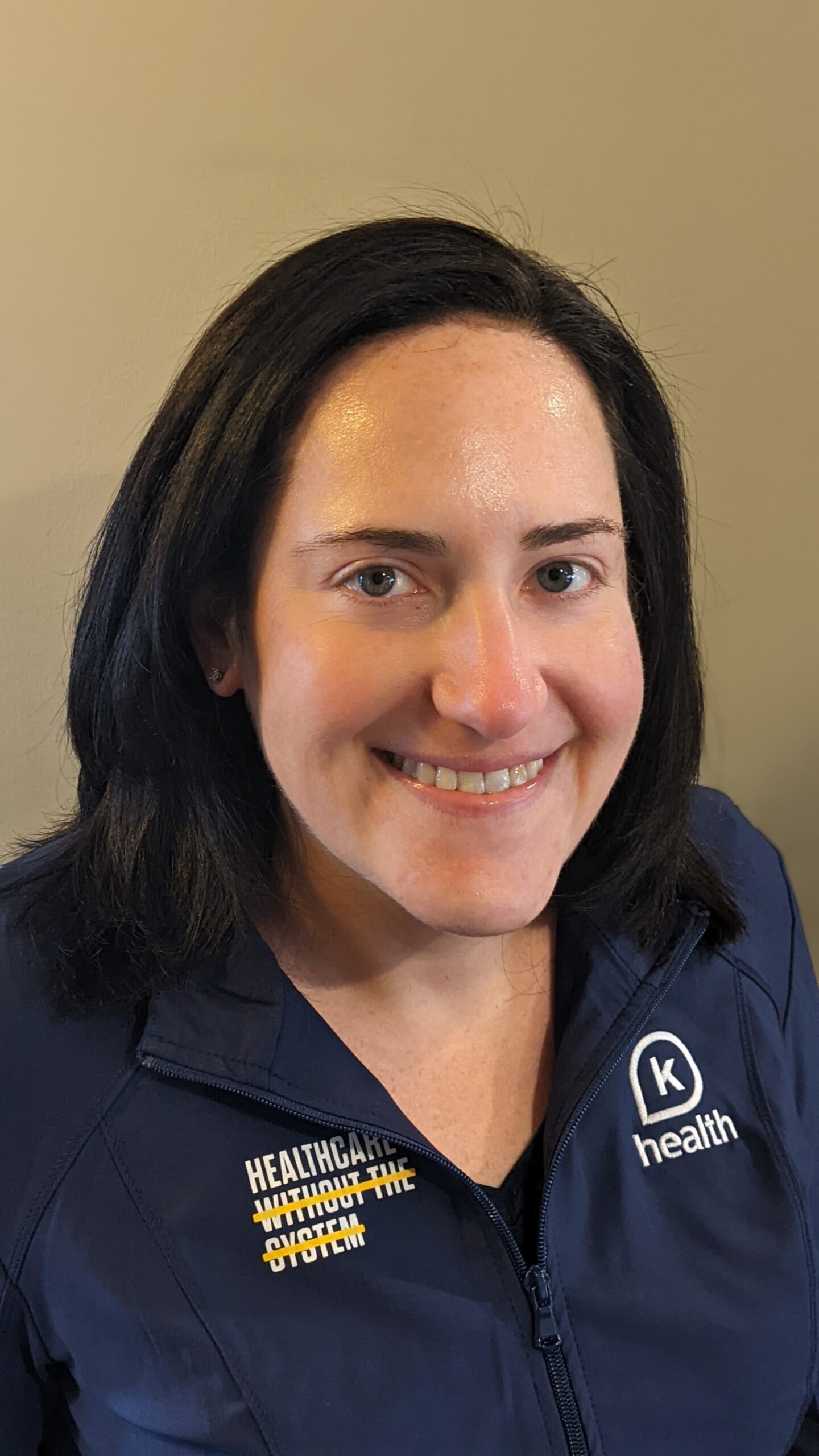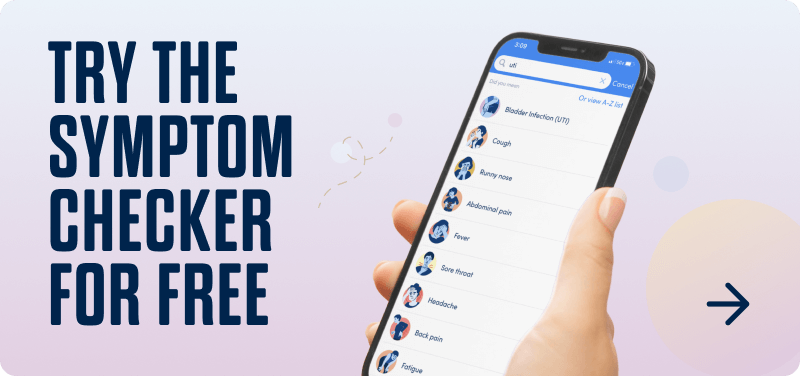Type 2 diabetes is a chronic condition that affects more than 37 million people in the United States, yet 1 out of every 5 do not know they have it. Diabetes can be managed in many different ways, usually with a combination of approaches.
In this article, we’ll discuss diabetes management options like lifestyle changes, medication, and bariatric surgery. We’ll also discuss symptoms, causes, factors that increase the risk of type 2 diabetes, and more.
What is Type 2 Diabetes?
Type 2 diabetes, also known as diabetes mellitus or shortened to T2D, is a metabolic condition that involves insulin resistance and high glucose levels. Insulin is a hormone that is made in the pancreas. It draws glucose, the sugar, and carbs that you get from foods, into cells for energy.
If the body becomes resistant to insulin, too much sugar remains in circulation, leading to high glucose levels. As glucose levels remain too high over time, blood vessels, normal blood circulation, and organs can stop working as they should. Other parts of the body, like the immune system, can become less effective when too much blood sugar is present.
On its own, type 2 diabetes increases mortality. It was the 9th leading cause of death in 2019. But diabetes can also lead to additional chronic conditions or health problems, such as doubling or tripling the risk of heart attack and stroke. It is also the primary cause of kidney failure.
Type 2 diabetes can be managed with lifestyle, medication, and other treatment options. It can be treated so that it does not continue to worsen overall health.
Talk to a doctor from home
Manage diabetes medications without leaving your house.
Symptoms
The most common symptoms of type 2 diabetes are:
- Increased thirst
- Increased urination
- Blurry vision
- Skin changes or rashes
- Sores that take a long time to heal
- Numbness or tingling in the hands or feet
- Fatigue
- Increased hunger
Type 2 diabetes does not happen suddenly. It slowly develops over time, sometimes years, and is usually preceded by prediabetes. If you have a routine wellness checkup or other basic lab work, a doctor could tell you that your insulin or glucose are out of range, but not high enough to indicate diabetes. This is usually referred to as prediabetes and may include metabolic syndrome.
Metabolic syndrome includes at least three of the following:
- Elevated fasting blood glucose of 100 mg/dL or higher
- Elevated triglycerides of 150 mg/dL or higher
- HDL cholesterol of 40 mg/dL or lower in persons assigned male at birth
- HDL cholesterol of 50 mg/dL or lower in persons assigned female at birth
- A waist circumference of 40 inches or greater in persons assigned male at birth
- A waist circumference of 35 inches or greater in persons assigned female at birth
- Blood pressure values of 130/85 mmHg or higher
Causes
Type 2 diabetes can occur at any age, but is most often diagnosed in adults. The primary causes include:
- Overweight or obesity
- Lack of physical activity
- Insulin resistance
These factors can be worsened by certain factors. Abdominal fat can worsen the likelihood of insulin resistance. A diet that is high in refined carbohydrates and added sugars while being low in fiber from vegetables, fruits, and whole grains may also increase the risk of having glucose problems.
Risk Factors
While anyone can develop type 2 diabetes, certain factors can increase the risk.
- Age 45 or older
- Family history of type 2 diabetes
- Overweight or obesity
- Physical inactivity
- High blood pressure (hypertension)
- History of gestational diabetes
- Prediabetes
- Genetics
Certain racial groups also have a higher incidence of type 2 diabetes:
- African Americans
- Alaska Natives
- American Indians
- Asian Americans
- Hispanics/Latinos
- Native Hawaiians
- Pacific Islanders
Treatment for Type 2 Diabetes
With the right approach, type 2 diabetes can be effectively managed. In some cases, all symptoms can be reversed, although it cannot be cured.
Treatment plans involve careful monitoring and management of blood sugar levels. This usually requires daily monitoring, sometimes first thing in the morning, after meals, and before bedtime. A medical provider will tell you how often to monitor blood glucose at home and the range you should aim to be in.
To control blood glucose, healthcare providers may prescribe medications, recommend bariatric surgery for individuals who meet the criteria, and discuss many lifestyle changes that can help control diabetes.
Medications
For some people, type 2 diabetes can be managed with lifestyle alone. For many, medications are helpful or necessary to maintain blood glucose levels.
Common medications used to treat type 2 diabetes are:
- Metformin (Glucophage, Fortamet, others)
- Sulfonylureas (Glucotrol, Glyburide, others)
- Meglitinides (Starlix, Prandin, others)
- Thiazolidinediones (Avandia, Actos, others)
- Dipeptidyl peptidase 4 (DPP-4) inhibitors (Janumet XR, Onglyza, others)
- Glucagon-like peptide-1 agonists (Trulicity, Saxenda, others)
- Sodium-glucose Cotransporter-2 (SGLT2) inhibitors (Invokana, Farxiga, others)
Medications to treat diabetes often come with side effects. In most cases, they may resolve as the body gets used to the treatment. Medical providers may try more than one prescription before settling on the best treatment for you.
In addition to treating glucose and insulin, some people who have diabetes may also require medication for cholesterol, blood pressure, or other health conditions. People who have type 2 diabetes do not typically require daily insulin.
Surgery
For some people, weight loss surgery can treat type 2 diabetes by improving insulin response. Overweight and obesity are two primary risk factors for diabetes, and in some cases, exercise, diet, and lifestyle changes alone are not effective.
Bariatric surgery is usually a laparoscopic procedure that only requires small incisions. Some common criteria for surgery may include the following, but discuss with your doctor if you think you may be interested in surgery:
- Be more than 100 pounds overweight
- Have a body mass index (BMI) greater than 40 or greater than 35 with negative health effects or inability to maintain normal fasting blood glucose levels
- Be unable to sustain weight loss with medically-supervised diet and lifestyle
Lifestyle Changes
Type 2 diabetes often responds well to lifestyle changes, either alone or in combination with medication.
A medical provider may suggest the following dietary and lifestyle support:
- Eating regular meals that are balanced with carbohydrates
- Managing carbohydrate intake using the glycemic index or glycemic load
- Eating foods higher in fiber like whole grains, vegetables, and fruits
- Limiting or avoiding trans fats, saturated fat, refined carbohydrates, and added sugars
- Getting 30 minutes of moderate-intensity daily exercise
- Focusing on losing weight
- Staying hydrated
- Managing stress
- Getting enough high-quality sleep
Prevention
Type 2 diabetes cannot always be prevented. But many lifestyle factors can delay or prevent its onset.
- A diet rich in fiber and antioxidants
- Regular daily exercise or 150 minutes of physical activity per week
- Maintaining a healthy weight
Complications
Type 2 diabetes can be managed to avoid complications. But if it is not controlled, it can lead to health problems.
- Skin problems
- Bacterial infections
- Fungal infections
- Nerve damage (neuropathy)
- Poor circulation
- Slow wound healing
- Eye damage or vision problems
- Hearing problems
- High blood pressure
- Heart disease
- Stroke
- Erectile dysfunction
Talk to a doctor from home
Manage diabetes medications without leaving your house.
When to See a Medical Provider
If you have a family history of diabetes or have overweight or obesity, it is important to maintain routine wellness checks. Preventing diabetes is easier than treating it.
See a medical provider if you think you may have diabetes or are concerned about prevention. They can help you establish a healthy lifestyle. If you are diagnosed with prediabetes or type 2 diabetes, they can prescribe medications to help control glucose levels.
If you take medication for diabetes, it is important to follow prescription instructions and maintain a healthy eating and exercise plan.
How K Health Can Help
Did you know you can have a primary care doctor online?
Check your symptoms, explore conditions and treatments, and if needed, text with a healthcare provider in minutes through K Health.
K Health’s AI-powered app is based on 20 years of clinical data.
Frequently Asked Questions
K Health has strict sourcing guidelines and relies on peer-reviewed studies, academic research institutions, and medical associations. We avoid using tertiary references.
-
A snapshot: Diabetes in the United States. (2022).
https://www.cdc.gov/diabetes/library/socialmedia/infographics/diabetes.html -
Diabetes type 2. (2022).
https://medlineplus.gov/diabetestype2.html -
Diabetes. (2021).
https://www.who.int/en/news-room/fact-sheets/detail/diabetes -
Laparoscopic gastric bypass. (2022).
https://www.ncbi.nlm.nih.gov/books/NBK518968/ -
Managing diabetes. (2022).
https://www.niddk.nih.gov/health-information/diabetes/overview/managing-diabetes -
Medication for type 2 diabetes. (2020).
https://www.ncbi.nlm.nih.gov/books/NBK279506/ -
Metabolic syndrome. (2022).
https://www.ncbi.nlm.nih.gov/books/NBK459248/ -
Prediabetes: Could it be you? (2022).
https://www.cdc.gov/diabetes/library/socialmedia/infographics/prediabetes.html -
Science and Politics of Nutrition: Dietary carbohydrates: role of quality and quantity in chronic disease. (2018).
https://www.ncbi.nlm.nih.gov/pmc/articles/PMC5996878/ -
Symptoms and causes of diabetes. (2022).
https://www.niddk.nih.gov/health-information/diabetes/overview/symptoms-causes -
Take steps to prevent type 2 diabetes. (2022).
https://health.gov/myhealthfinder/health-conditions/diabetes/take-steps-prevent-type-2-diabetes -
Type 2 diabetes. (2022).
https://www.cdc.gov/diabetes/basics/type2.html -
What is diabetes. (2022).
https://www.niddk.nih.gov/health-information/diabetes/overview/what-is-diabetes

 Medically reviewed
Medically reviewed
